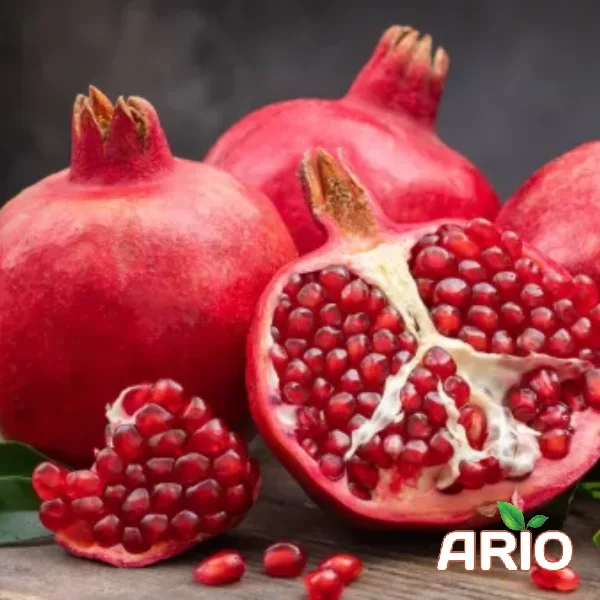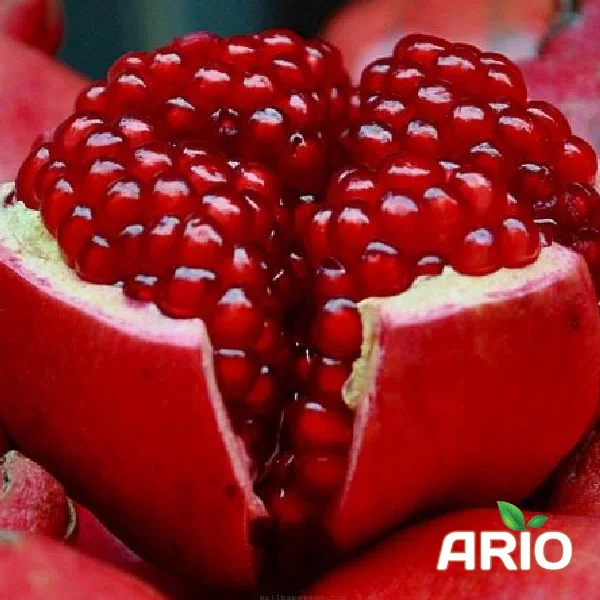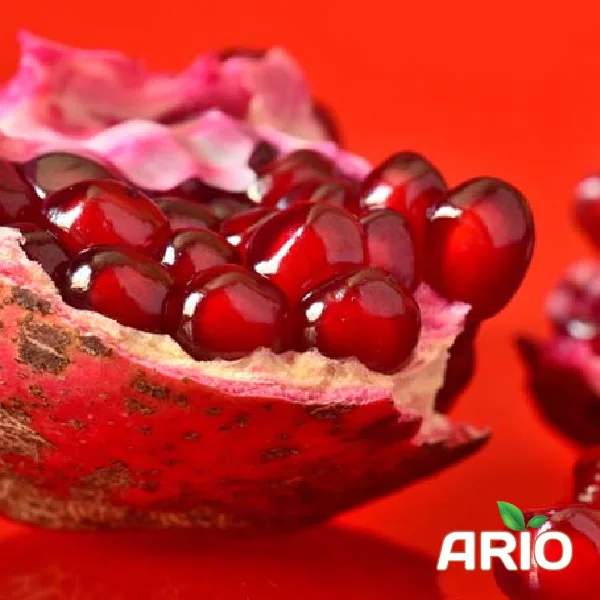
Fresh Pomegranate
Pomegranates, known for their jewel-like seeds and tangy sweetness, have been cherished for centuries. Native to the region stretching from Iran to northern India, this ancient fruit continues to thrive today as both a superfood and a high-demand export product. Iran remains one of the world’s top producers, with its pomegranates recognized for their flavor, color, and market appeal. This article explores the nutritional benefits, commercial potential, and practical considerations involved in sourcing and exporting pomegranates.
PomegranatePomegranate: A Complete Guide to Its Nutritional Power and Export Potential
Understanding the Nutritional Value of Pomegranates
Pomegranates are nutrient-dense fruits packed with health-supporting compounds. Each aril—the red seed casing—offers a rich mix of vitamins, antioxidants, and fiber.
A single pomegranate provides over 40 percent of the daily requirement of vitamin C.
It contains punicalagins and anthocyanins, two powerful antioxidants known for their anti-inflammatory effects.
The seeds are a good source of fiber, supporting digestive health and helping regulate blood sugar levels.
Research has shown that regular consumption of pomegranate juice may support cardiovascular health by reducing blood pressure and cholesterol levels. The high antioxidant content also contributes to improved cellular health and may help slow aging-related damage.

Distinctive Varieties and Their Market Uses
Pomegranates come in many varieties, each with unique characteristics in taste, size, and skin color. Iran is home to over 700 registered cultivars, but a few stand out commercially.
- Wonderful – Popular globally, this variety is large, with deep red arils and sweet-tart flavor, ideal for juicing.
- Hicaz – Predominantly cultivated in Turkey, it is favored for its storage resilience and export readiness.
- Malas Saveh – Native to Iran, this variety has balanced sweetness and acidity, making it suitable for fresh consumption.
- Shahvar – With thin skin and high juice content, it’s perfect for processing industries.
Understanding the differences among varieties helps buyers choose the right product for their target markets, whether retail, juice production, or value-added foods.
Harvest Seasons and Their Impact on Trade
Pomegranate harvest typically begins in late summer and extends into early winter, depending on the region and variety. In Iran, the peak season runs from September to November. This period affects market pricing and availability, with early-harvested fruits usually commanding higher prices in international markets due to limited supply.

Global Demand and Market Trends
The global pomegranate market has grown steadily, driven by increased consumer awareness of its health benefits. Demand for pomegranate juice and extracts in the health food and cosmetics industries has expanded, particularly in Europe, North America, and East Asia.
Recent statistics show:
- The global pomegranate market is projected to exceed USD 10 billion by 2027.
- Exports from Iran account for a significant share, reaching over 80 countries.
- Rising demand for natural antioxidants and functional foods continues to support strong market growth.
Why Source Pomegranates from Iran?
Iran’s diverse climate and soil quality produce some of the highest-quality pomegranates available. Several factors make Iranian pomegranates highly sought after:
- High juice content and strong flavor profile
- Long-standing agricultural expertise
- Competitive pricing and volume capacity
- Access to major shipping routes and export infrastructure
Iranian exporters often provide necessary certifications, including phytosanitary documentation and Global GAP compliance, ensuring smooth cross-border transactions.

Key Considerations for Export and Storage
Successful pomegranate export requires meticulous planning. The fruit is delicate and susceptible to bruising, so proper handling is critical.
- Packaging – Use ventilated boxes that prevent moisture accumulation while protecting from impact.
- Temperature Control – Ideal storage is between 5°C and 7°C with 90–95% humidity.
- Transport Logistics – Cold chain management is essential to preserve quality during long transit.
Pomegranates have a shelf life of up to three months under optimal conditions, allowing sufficient time for international shipping.
Culinary and Commercial Applications
Pomegranates are highly versatile in the food industry. They’re used in:
- Juices and concentrates
- Salad toppings and yogurt mix-ins
- Sauces and marinades
- Dried snacks and confections
Their color and tangy-sweet flavor also make them appealing in gourmet and health-conscious culinary products.
Smart Buying Tips for Bulk Pomegranate Procurement
For importers and distributors, careful selection leads to better returns and fewer losses.
Inspect skin for uniformity and firmness – Cracks or discoloration may signal internal damage.
Assess aril color and taste if samples are available – Deep red arils generally indicate higher quality.
Verify supplier credentials and export history – Reputable exporters often provide sample shipments and quality guarantees.
Compare seasonal prices and shipping terms – Early negotiation can lead to better terms, especially before peak season demand spikes.
Conclusion: A Fruit with Global Promise
Pomegranates offer a rare combination of rich flavor, nutritional value, and commercial viability. For bulk buyers and health-focused consumers alike, this fruit holds enduring appeal. With Iran’s longstanding reputation in pomegranate cultivation and export, it remains a strategic choice for international partners. Whether you’re exploring a new product line or enhancing an existing portfolio, sourcing high-quality pomegranates from trusted suppliers can yield consistent benefits.
Frequently Asked Questions (FAQ)
Between September and November, when the harvest peaks and quality is highest.
Wonderful, Malas Saveh, and Hicaz are among the most traded globally.
Store at 5–7°C with high humidity to maintain freshness for up to 3 months.
They support heart health, digestion, and antioxidant protection.










